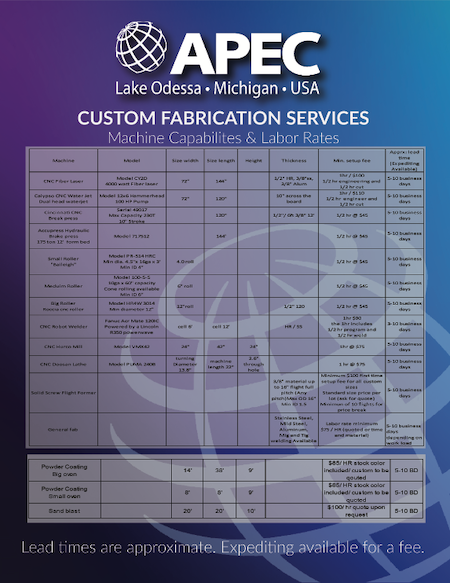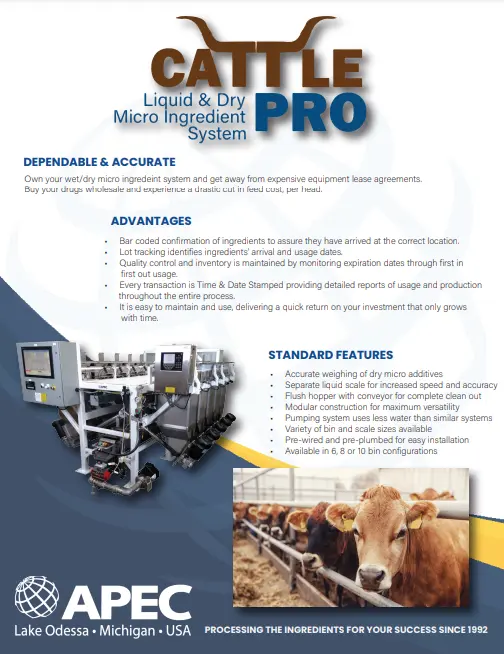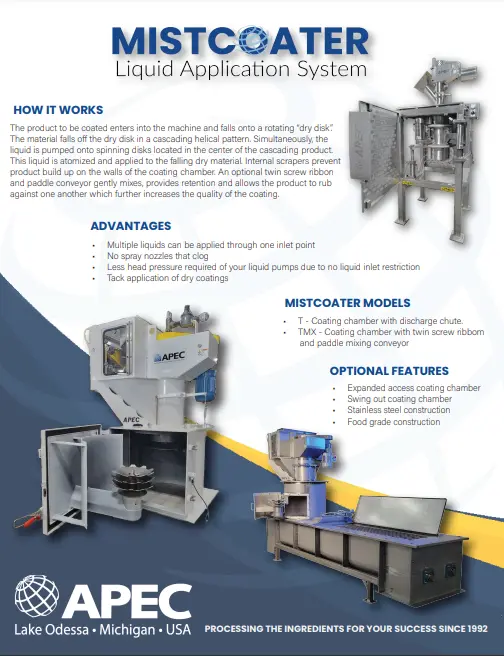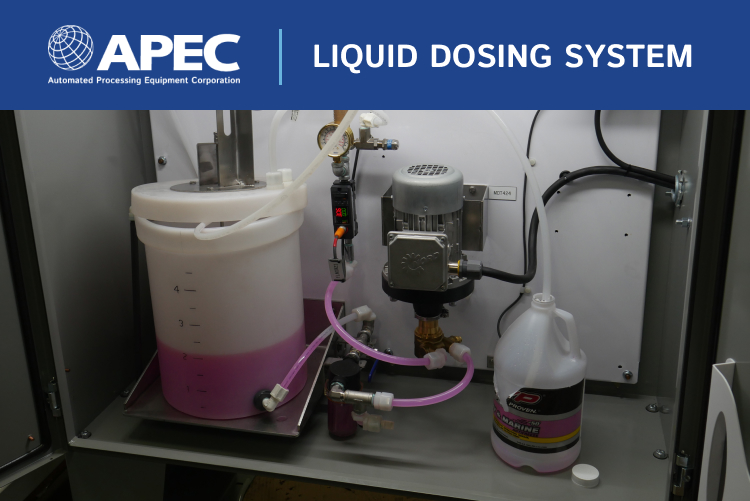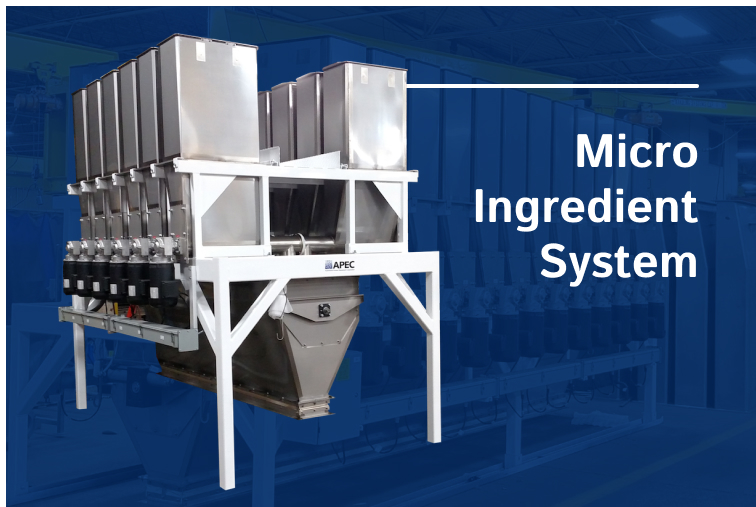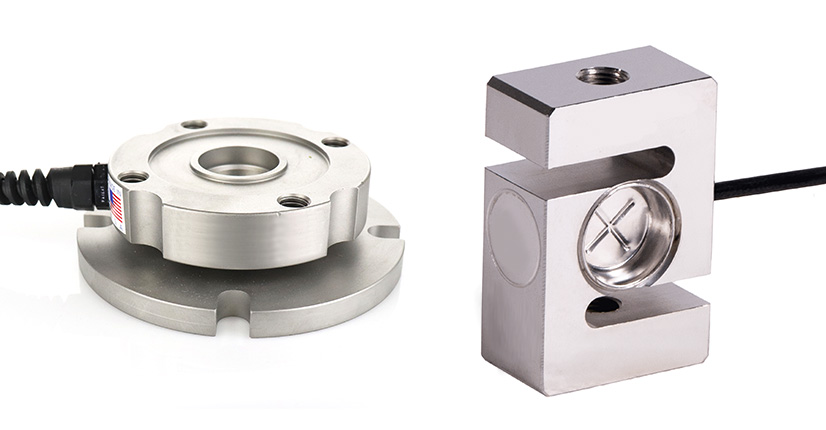When you’re looking for equipment to manufacture pet food, it’s important to consider pet food regulations. For 30 years, APEC has designed and manufactured equipment for ingredient automation. The company serves a wide variety of customers, including per food manufacturers.
Here’s what you need to know when it comes to manufacturing and pet food regulations.
The Regulators: AAFCO and the FDA
The Association of American Feed Control Officials (AAFCO) is comprised of experts who set the standards of state, federal and international feed regulations, including pet food. Meanwhile, the Food and Drug Administration (FDA) enforces the AAFCO’s regulations to ensure safety for animals.
Their pet food rules and regulations involve three main aspects: manufacturing conditions, ingredients and labeling.
Manufacturing Conditions
According to the Food and Safety Modernization Act, pet food should be processed under sanitary conditions. It’s important to follow certain protocols and testing procedures to ensure a clean workspace that is free of contamination and potential hazards.
Protocol includes conducting a hazard assessment, establishing limits and procedures for corrective action. More in depth information can be found in the article “4 Key Sanitation and Safety Regulations in Pet Food Processing.”
Ingredients Used
According to FDA regulations, pet food should contain no harmful additives. Ingredients like meat, poultry, and grains are considered safe to use. Other ingredients like vitamins and minerals, flavorings, and preservatives may be safe for the intended use, within reason. The FDA limits the amount of certain substances that can be in pet food, such as by-products, preservatives, artificial colors, and artificial flavors. The complete list of ingredients can be purchased on the website for the Associate of American Feed Control Officials.
It’s important to note that while ingredients like dairy, wheat and soy may cause allergies, the Food Allergen Labeling and Consumer Protection Act (FALCPA) does not apply to pet food.
Ingredient Labels
Transparent labeling of ingredients and nutritional content is imperative and crucial for ensuring the health and safety of pets. The Federal Food, Drug and Cosmetic Act (FD&C Act) requires manufacturers to list the ingredients, starting with the highest quantity.
Packing Requirements
Pet food packaging requires paper bags to be coated in plastic or polymer. Though strict, it’s a necessary measure to ensure the safety of the pet food. The paper bags must be made from high-quality materials that are approved for food contact, ensuring that no harmful chemicals or other contaminants come in contact with the pet food.
The plastic or polymer coating must be food safe and strong enough to protect the pet food from moisture and external contaminants. When this protocol is followed, it allows the pet food to remain dry, fresh, and safe for consumption.
Your Partner for Pet Food Solutions
At APEC, we specialize in the design and manufacturing of ingredient automation equipment and controls for weighing, dosing, mixing, continuous blending, and coating pet food. We can help you adhere to pet food rules and regulations.
If you’re looking for a partner for your pet food manufacturing solutions, get in touch with us.


